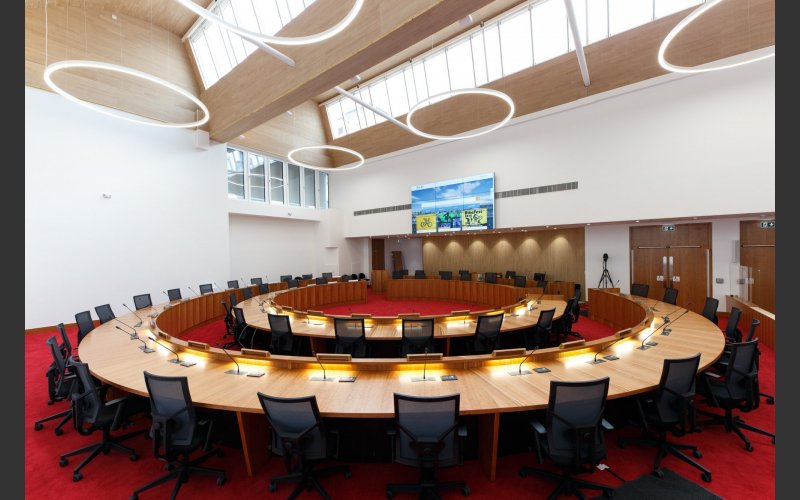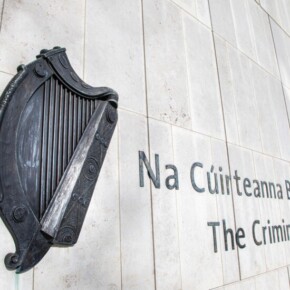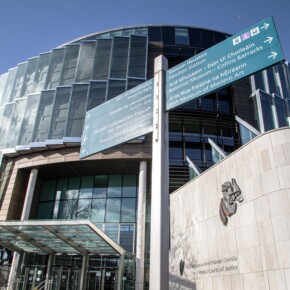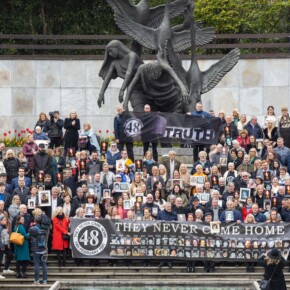What makes a good day for the smaller parties of the left in June?
Mike Finnerty 21 Feb 2024
Last week, we took a look at what would constitute a good day at the local elections for the four biggest parties in the Dáil; Fianna Fáil, Fine Gael, Sinn Féin and the Greens.
This week, we move further down the ladder and take a look at the various smaller parties on the left and right.
In the Dáil, Sinn Féin are five times bigger than Labour, yet they currently have the exact same number of elected representatives on Dublin City Council and on Fingal County Council, Labour have more Councillors than Sinn Féin.
As we have stated time and time again, 2019 was a poor year for Sinn Féin at a local level but they will not make the same mistakes in 2024.
This leaves Labour firmly in the crosshairs of Sinn Féin.
If there is any party that has the most to lose from June’s elections, it’s Labour.
There are enough subplots with Labour to fill a Robert Altman drama.
Firstly, they will try to hoover up disenchanted progressives who voted for the Greens in 2019.
Their second task will be to appeal to people who don’t think Sinn Féin are progressive enough and prove that they are the true party of the unions.
They will then have to appeal to traditional Fine Gael and Fianna Fáil voters who would never vote for People Before Profit but have just realised they will never afford a home.
And finally, if there’s enough time left in the day, they will have to appeal to People Before Profit / Solidarity/ Independents4Change/ Independent Left and The Artist Formerly Known As Prince voters who think Labour betrayed left-wing values when they went into coalition with Fine Gael.
There is no guessing how Labour will do in June; it will either confirm that the party has suffered the same fate as their sister parties on the centre-left in mainland Europe or there is an appetite for classic Labour values after all.
A good day for Labour would mean they are the 2nd largest party of the left behind Sinn Féin, with substantial influence on the running of Dublin City and Fingal County Councils.
A shambolic day will hasten the calls for the party to merge with the Social Democrats and create a party with a name Happy Mondays would appreciate, the LSD Party.
The Social Democrats also have a lot to gain heading into June and on a good day for the party, they would fill the same position the Greens did in 2019.
5 years and a fairly ruinous stint in coalition later, the Greens look to be the big losers in June.
The Green surge in 2019, as we discussed in our European election preview, was tied to a burgeoning climate movement across Europe at the time and ultimately saw the Greens tuned in with the public zeitgeist surrounding climate change.
In 2019, the Greens benefited from appealing to climate-conscious voters and progressive voters who wanted to express frustration with Government.
Now, it appears that the Social Democrats will occupy that same space in the Irish political realm.
For the Soc Dems to have a great day in June, it would require at least half of their 12 declared candidates to win a seat on Dublin City Council and pad out their floor on Fingal County Council.
Right now, the Social Democrats have 5 elected reps on Dublin City Council, so retaining all of their successful 2019 candidates and adding one or two more would show that the party is here for the long haul.
On Fingal County Council, the party won 2 seats in 2019 and once again, maintaining the Councillors they have along with one or two more additions would give them plenty to work with.
The main trump card the party boasts is their transfer-friendly status.
For the middle-of-the-road voter, the Soc Dems don’t use big scary words such as “nationalisation”, “progressive taxation,” or “socialism” so they can do just enough to differentiate from other parties on the left while still appealing to John and Mary Moderate from Donabate.
John and Mary can give Fine Gael and Fianna Fáil their number one without much thought, and will feel more comfortable giving the Soc Dems their 3rd or 4th preferences because they don’t talk about making housing prices go below 300 grand.
The incumbent Soc Dem candidates can expect to be within a percentage point above or below their 2019 share of first preferences, and transfers will do the rest.
Keeping on a left tact, this election will be a test to see just how much Sinn Féin has taken their left flank for granted.
People Before Profit springs to mind as a party that could benefit from Sinn Féin making something of a rightward pivot on immigration issues, and indeed, having little environmental policy to speak of.
As stated before, the novelty of a party that is solely dedicated to green issues isn’t as salient as it once was, with even Fine Gael and Fianna Fáil having some form of environmental policy in their manifestos.
In Sinn Féin’s case, their bid to win over the construct of “Middle Ireland,” has led to them not going into too much detail about environmental policy.
People Before Profit have argued that the Greens are merely upholding the capitalist status quo in exchange for a few extra bike lanes and the odd street being pedestrianised.
The Southside of Dublin is People Before Profit’s strongest area, but there is still plenty of scope for giving Sinn Féin a bloody nose on the Northside.
The party are running candidates in places like Ballymun-Finglas, Artane-Whitehall and Clontarf, all places where they put in respectable showings in 2019.
A lot can happen between now and June – as recently as September, a dominant Sinn Féin performance was a given – so the party that could benefit the most from their woes is People Before Profit.
Smaller parties on the left, namely Independent Left, The Workers’ Party, Independents4Change, and the Solidarity branch of People Before Profit have a clear election brief; hold onto the seats they have, and should everything go right, pick up an extra seat.
Smaller parties such as these aren’t typically included in polling figures, usually lumped in with the “Others” category, so it can be difficult to gauge just how much interest there is in these parties.
Using 2014 and 2019 as barometers for the success of a smaller party is difficult as the issues of 2024 are different to the issues on voters’ minds in the two most recent elections.
The cost of living crisis and housing crisis are familiar hymn sheets for these parties to sing from, and if they can prove they are taking these issues more seriously than establishment parties, it may well force the other parties to sit up and take notice.
For these parties, being frozen out entirely would be a bad day, keeping their seats from 2019 will be a good day, and expanding them slightly would be a great day.
Next week, we will discuss what makes a good day for the parties on the right of the political spectrum.











